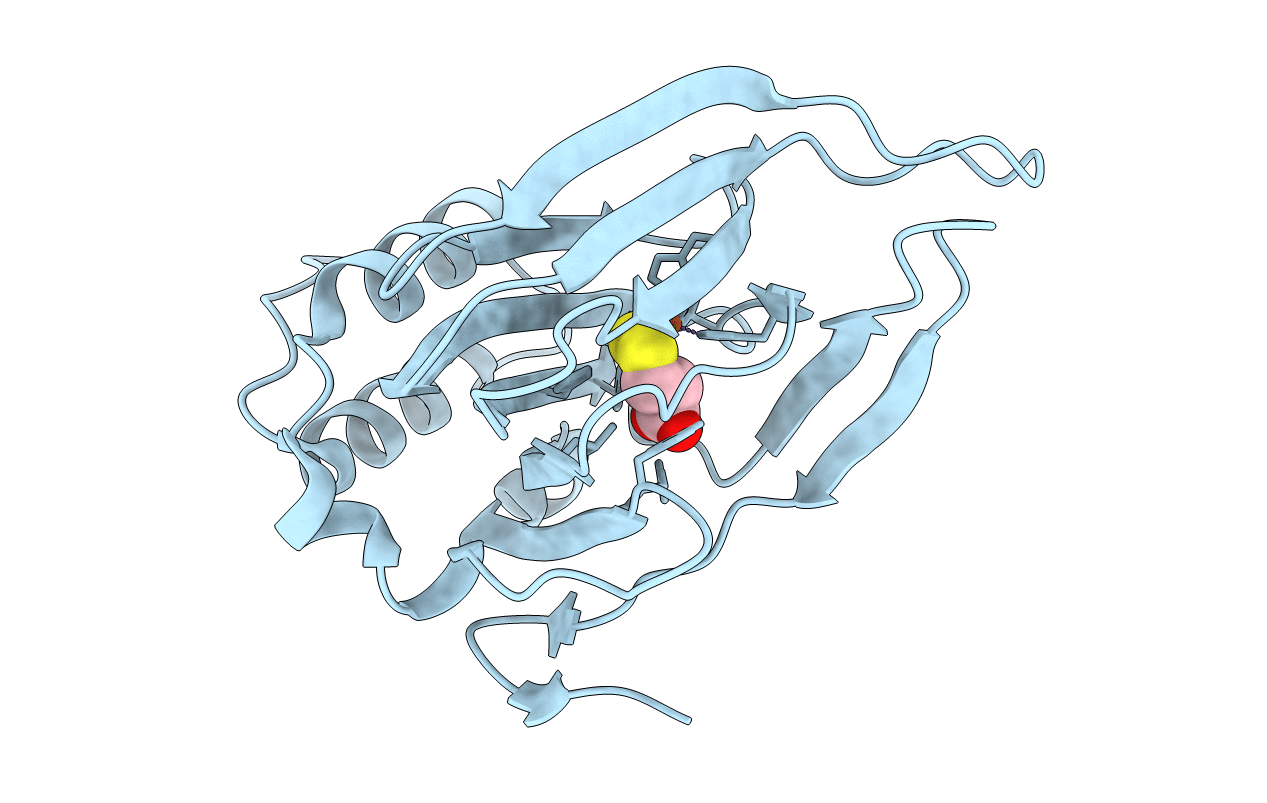
Deposition Date
2013-05-24
Release Date
2013-10-23
Last Version Date
2024-11-27
Entry Detail
PDB ID:
4KWL
Keywords:
Title:
Rat cysteine dioxygenase with 3-mercaptopropionic acid persulfide bound
Biological Source:
Source Organism:
Rattus norvegicus (Taxon ID: 10116)
Host Organism:
Method Details:
Experimental Method:
Resolution:
1.63 Å
R-Value Free:
0.23
R-Value Work:
0.20
R-Value Observed:
0.21
Space Group:
P 43 21 2


